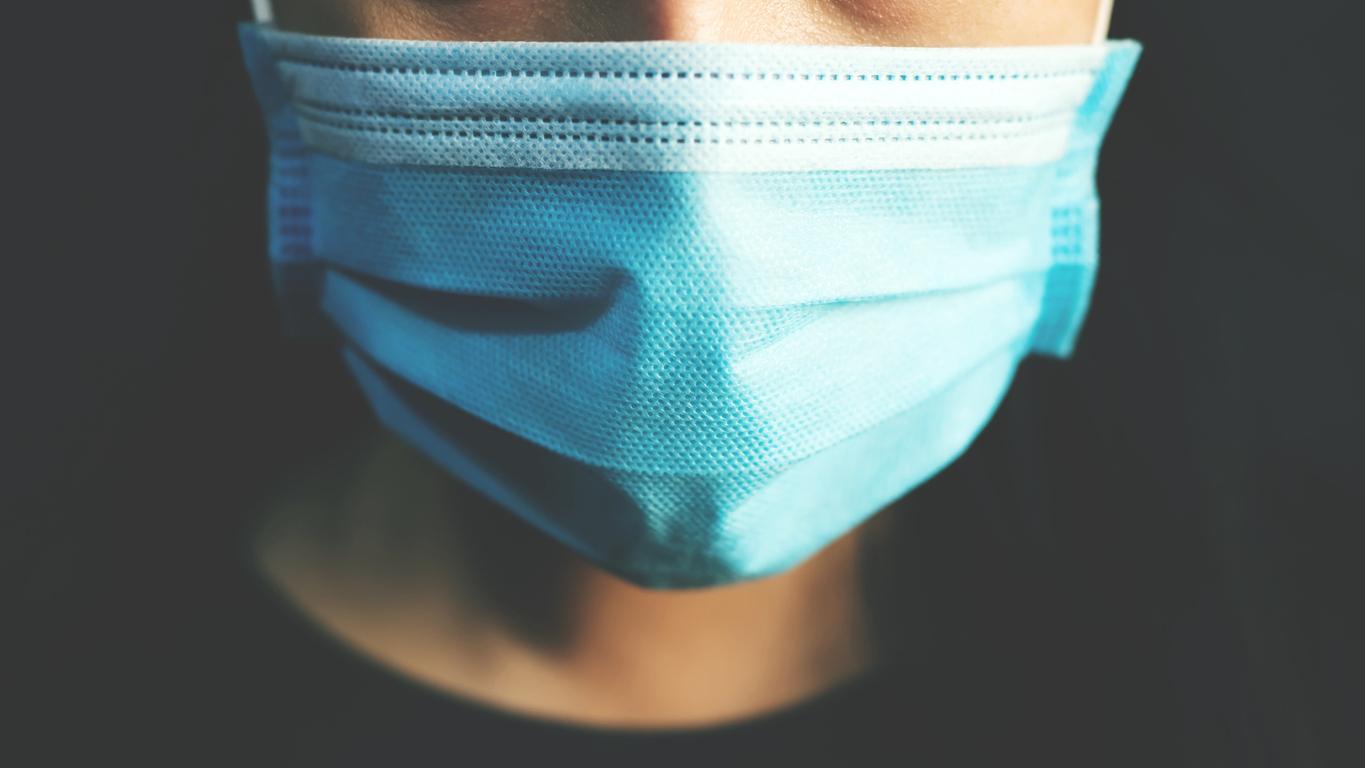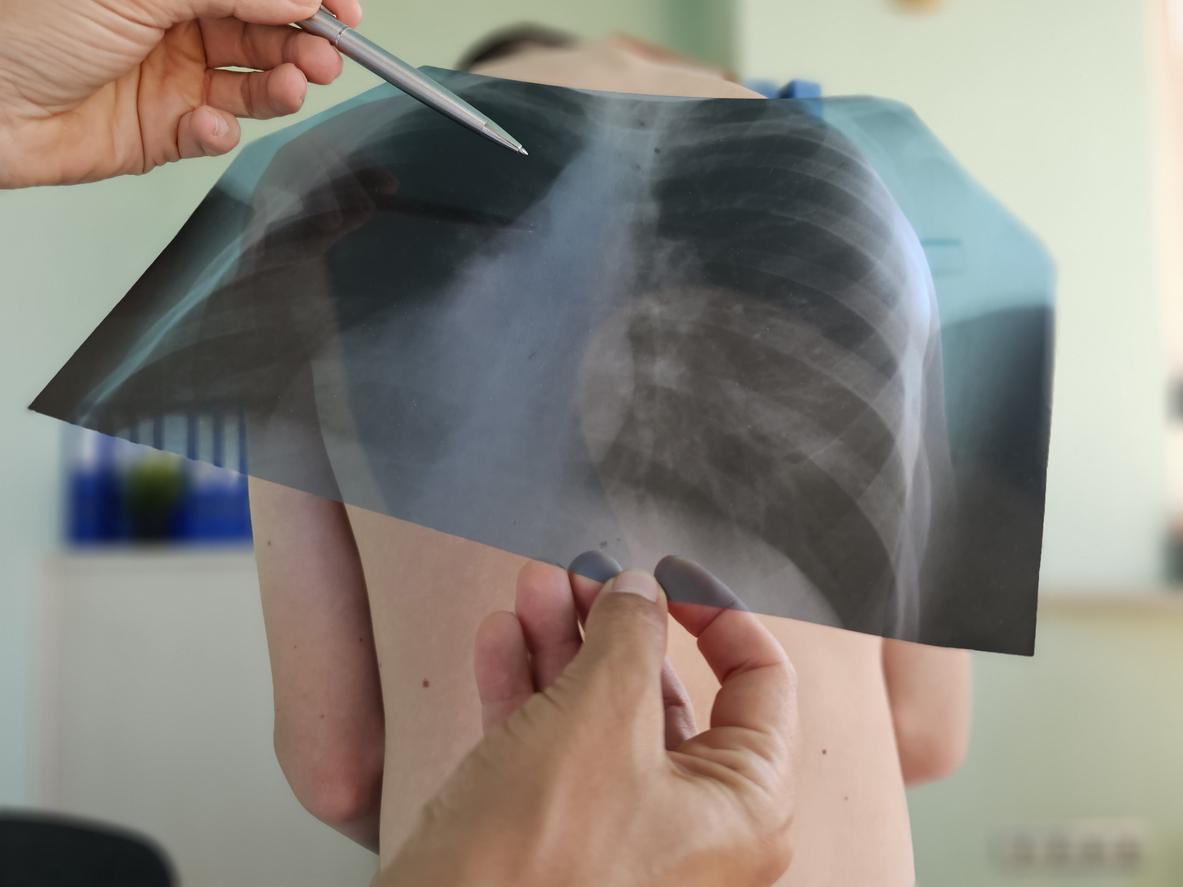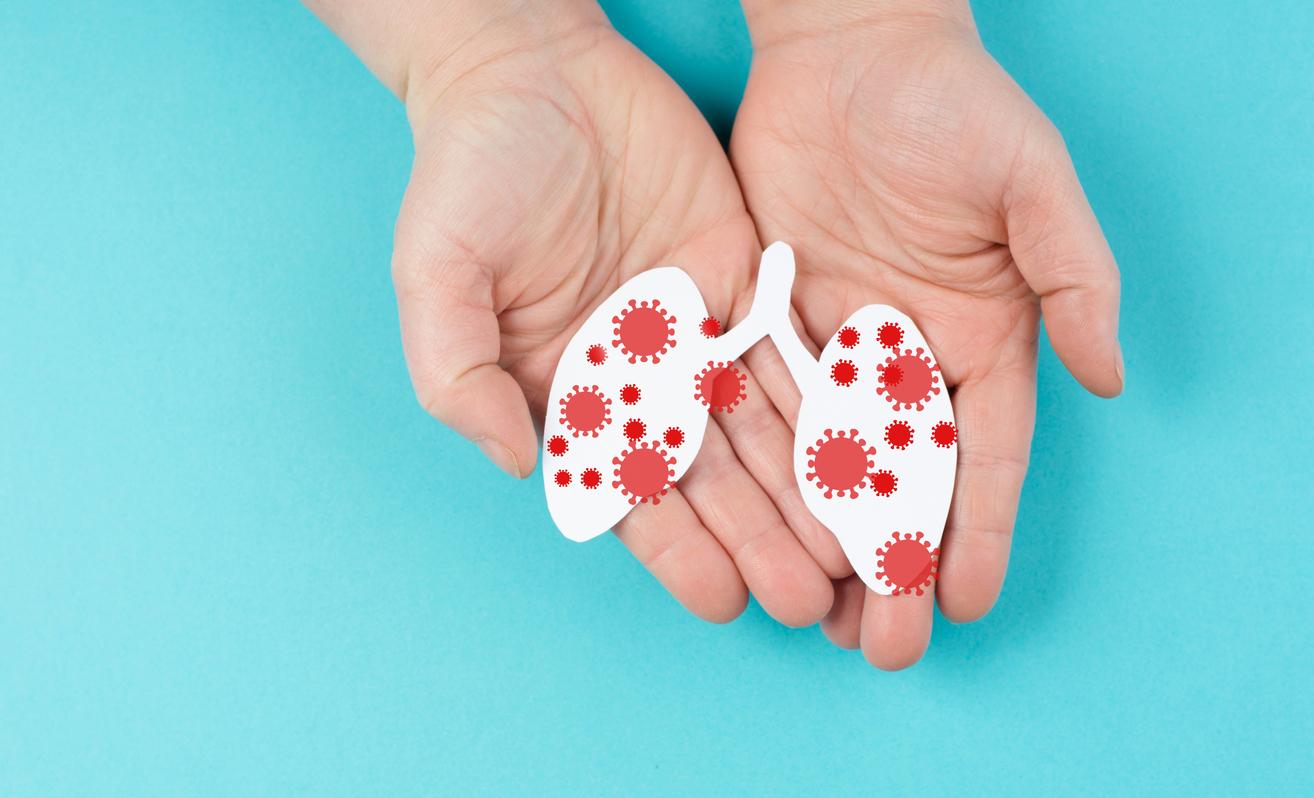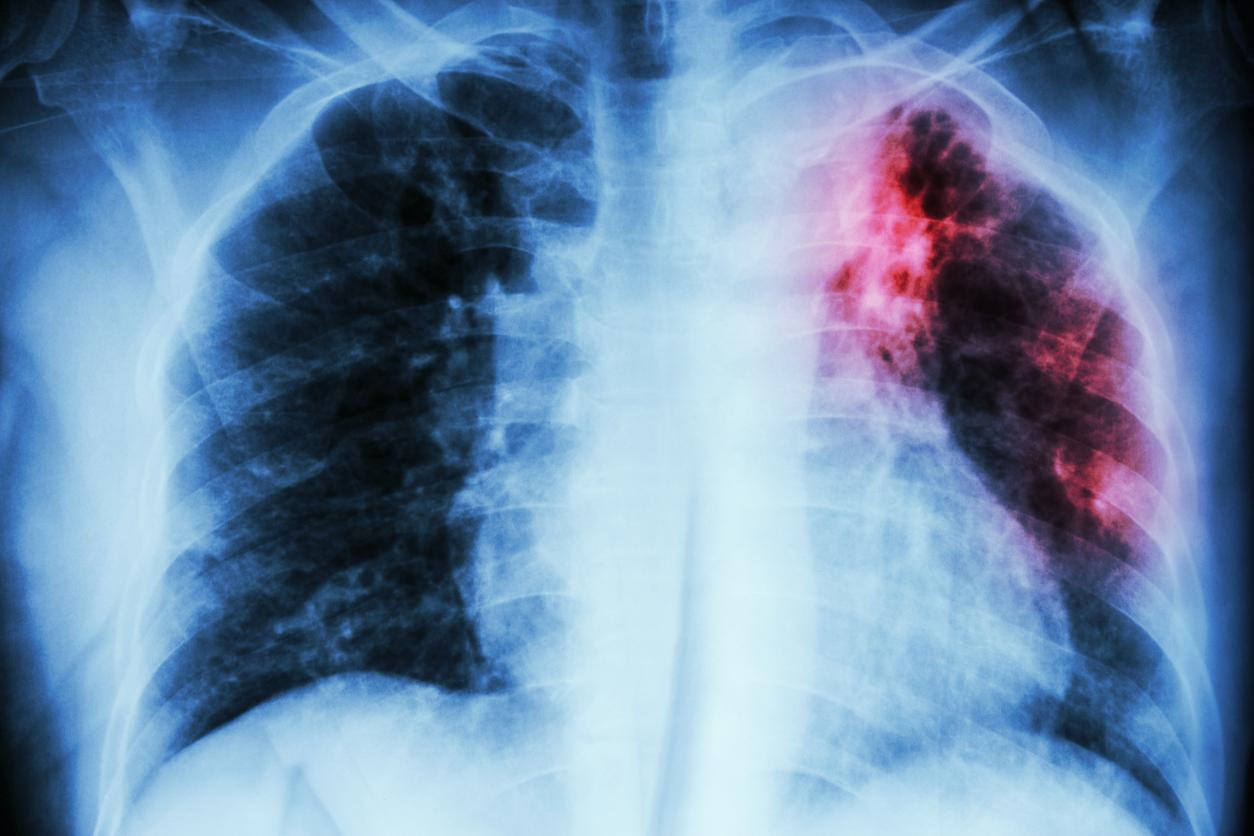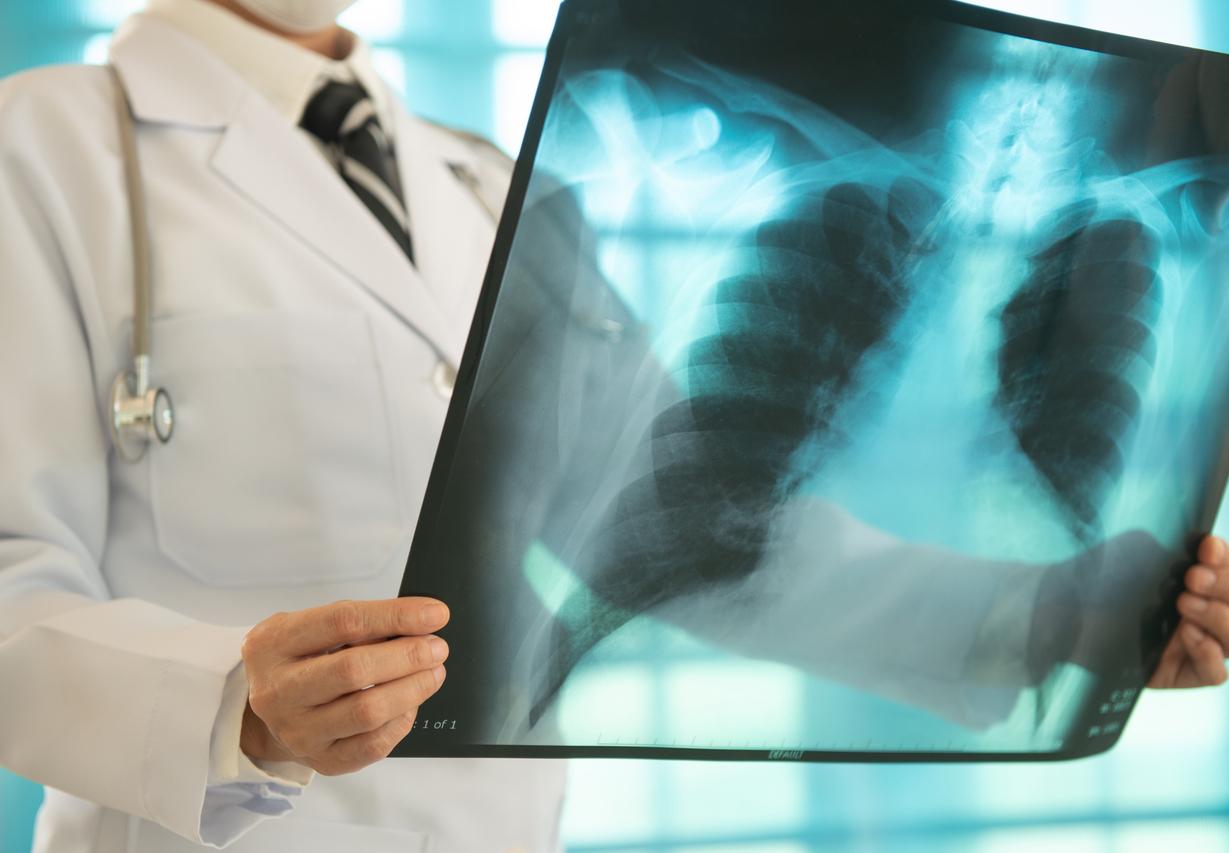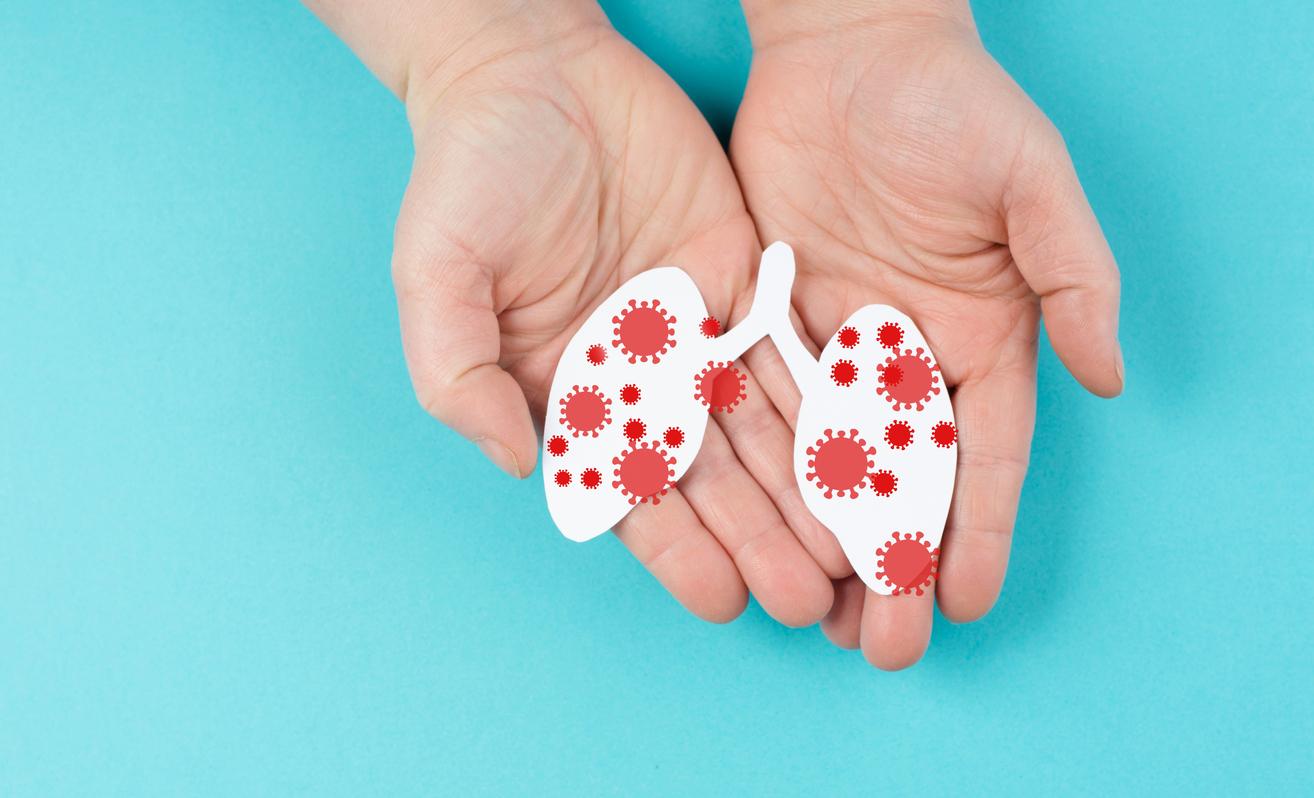Paris has been affected by a sharp increase in cases of tuberculosis since 2015, like the whole of Ile-de-France.

While this disease had practically disappeared, Ile-de-France is experiencing a resurgence of tuberculosis. Public health France observed an 8.2% increase in the disease reporting rate between 2015 and 2017.
“In recent years, European countries with a low incidence of tuberculosis, including France, have found themselves faced with two major challenges in the fight against this disease: the arrival of a large number of migrants from countries with a high incidence and increase of tuberculosis in Eastern Europe”, specifies the health agency.
The largest increase was observed in Paris
In total, 1,758 cases of tuberculosis were declared in Île-de-France in 2015, 1,809 in 2016 and 1,927 in 2017, the declaration rate having increased by 8.2% over this period. Of the region’s eight departments, Seine-Saint-Denis had the highest reporting rate in 2015, but the biggest increase was seen in Paris where the incidence rate rose from 13.5 per 100,000 inhabitants in 2015 to 16.8 in 2017, an increase of 23.4%.
This change is associated with an increase in the rate in males, in young adults aged 15 to 24, in people from areas with high tuberculosis endemicity and in people who arrived in metropolitan France during the past two years. previous ones, such as the homeless.
Precariousness and promiscuity
“These observations encourage us to continue and strengthen the adaptation of screening for these at-risk populations”, indicate the authors of the report. “The populations concerned by this increase are those suffering the most from precariousness and promiscuity, in particular people born abroad, in collective accommodation or without a fixed address and those who have recently arrived in France”, they specify.
Tuberculosis, an affliction that most commonly affects the lungs but also sometimes the kidneys, lymph nodes and bones, is the deadliest infectious disease in the world. In 2017, it killed 1.6 million people, according to figures from the World Health Organization (WHO). Well taken care of, the pathology is normally cured in six months with a course of several antibiotics.
.









